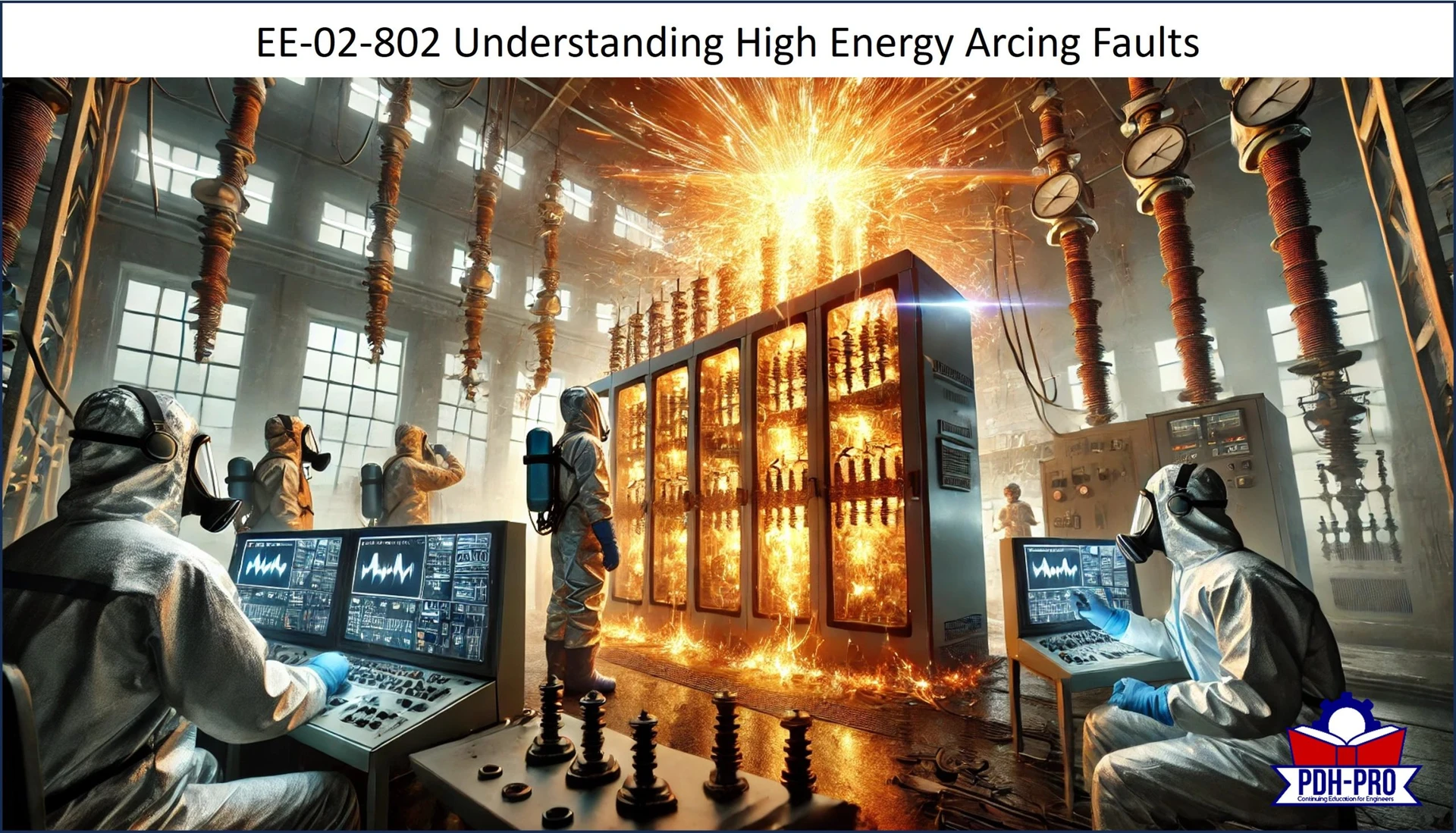
Understanding High Energy Arcing Faults
Author: Roman Titov
This course delves into the critical phenomena of High Energy Arcing Faults (HEAF) within industrial and power plant environments, where the catastrophic potential of arcing events can lead to significant safety hazards. Combining findings from international experiments on bus ducts and switchgear enclosures, participants will explore key causes, preventive strategies, and the profound consequences of HEAF.
This comprehensive course offers engineers, architects, and safety personnel the knowledge to minimize risks and enhance electrical safety within high-risk environments. Real-world case studies and experimental insights will equip attendees to better manage arcing events and implement effective safety measures in their own facilities.
Why take this course? In a world increasingly reliant on high-voltage equipment, understanding HEAF is essential to ensuring the safety and integrity of electrical infrastructures. Join this course to deepen your expertise and safeguard your systems from unforeseen disasters.
Learning Objectives
This course is intended to provide you with the following specific knowledge and skills:
- Understand the underlying causes and triggers of High Energy Arcing Faults.
- Analyze experimental data to evaluate electrical enclosure vulnerabilities.
- Identify high-risk environments where HEAF is most likely to occur.
- Develop strategies to mitigate HEAF in medium and low-voltage systems.
- Apply lessons learned from international experiments to real-world systems.
- Understand the role of switchgear and bus ducts in HEAF incidents.
- Evaluate the impact of HEAF on adjacent equipment and overall system safety.
- Use fire probabilistic risk assessments (PRA) in relation to HEAF events.
- Recommend design improvements to minimize HEAF risks.
- Interpret thermal and pressure data from HEAF experiments.
- Integrate HEAF mitigation techniques into safety and design protocols.
- Propose future safety innovations based on HEAF research findings.
- Assess current electrical systems for vulnerability to HEAF.
Download the Course to review and begin earning your PDH credits.
Certificate of Completion
Upon passing a 50-question multiple-choice quiz, your certificate of completion will be available for immediate download. PDH credits are awarded once all course requirements, including the quiz, are successfully met.
Board Acceptance
We provide technical courses for PDH credits that meet Board requirements for Professional Engineers, Geologists and Land Surveyors. This course is guaranteed to be accepted for professional engineers in AK, AL, AR, DE, FL, GA, IA, IL, ID, IN, KS, KY, LA, MD, ME, MI, MN, MO, MS, MT, NC, ND, NE, NH, NJ, NM, NV, NY, OH, OK, OR, PA, SC, SD, TN, TX, UT, VA, VT, WI, WV, and WY. Before purchasing this course, please confirm that your state Board is listed above.
